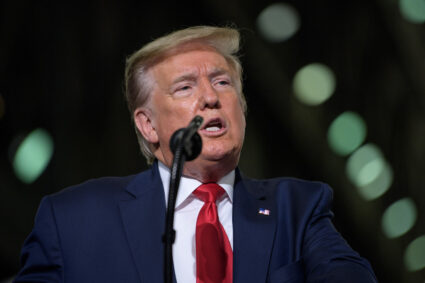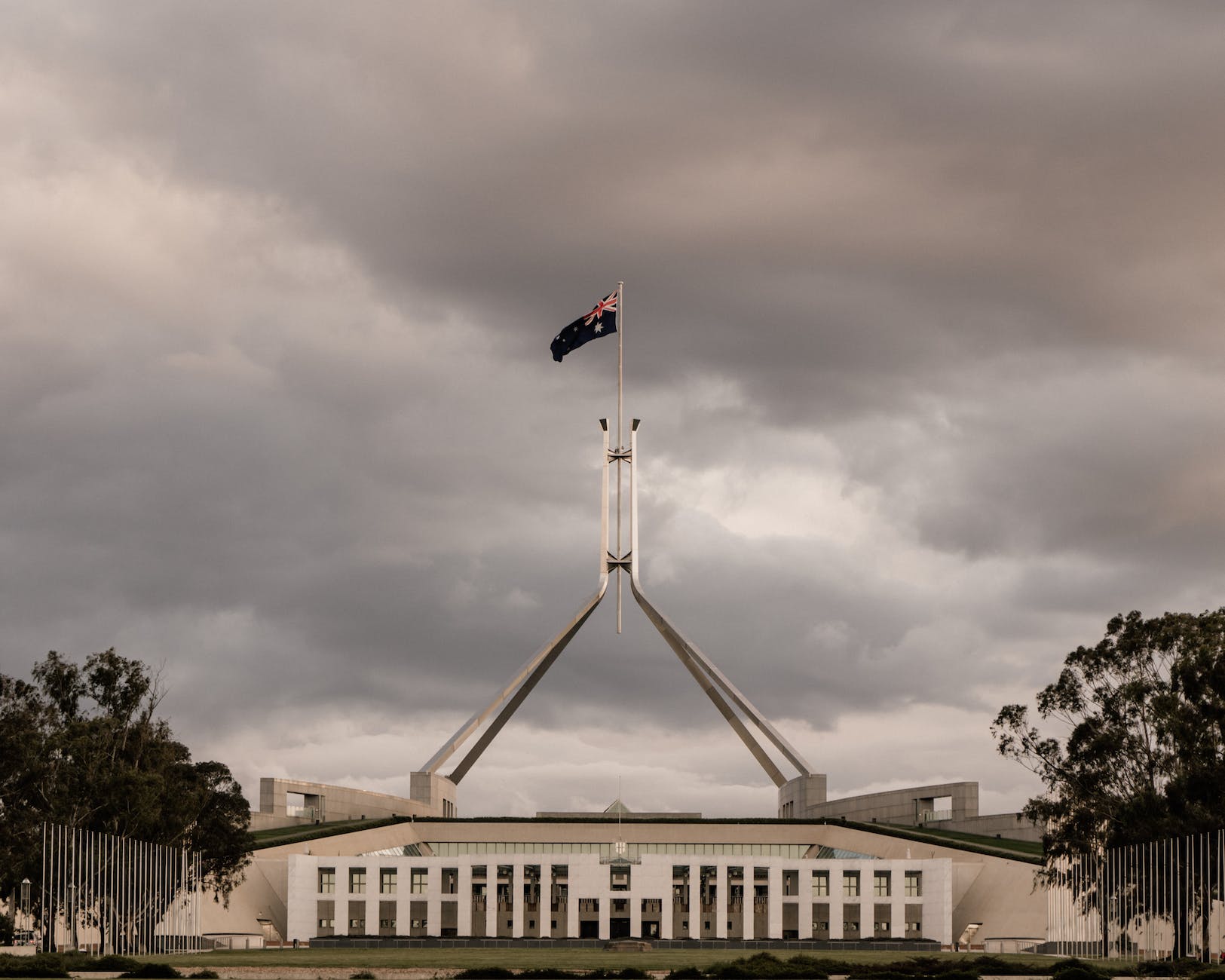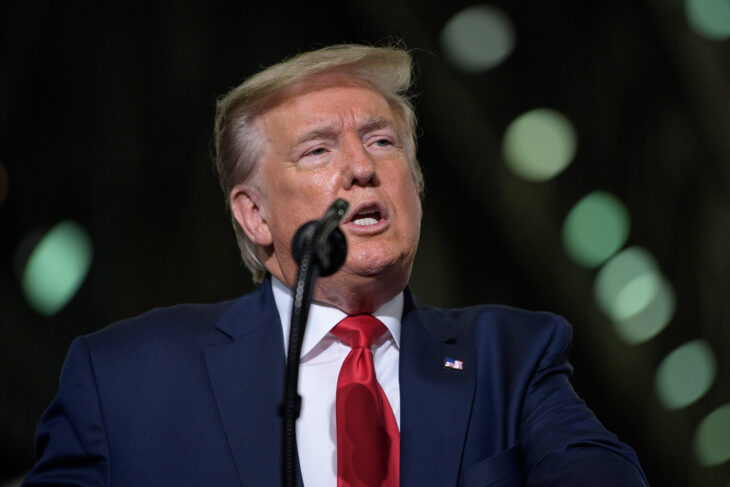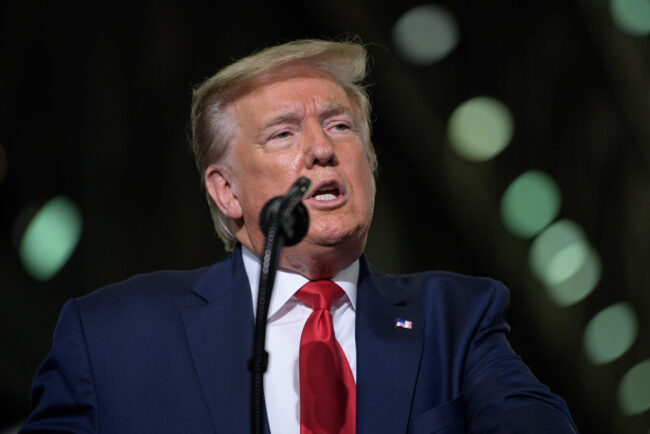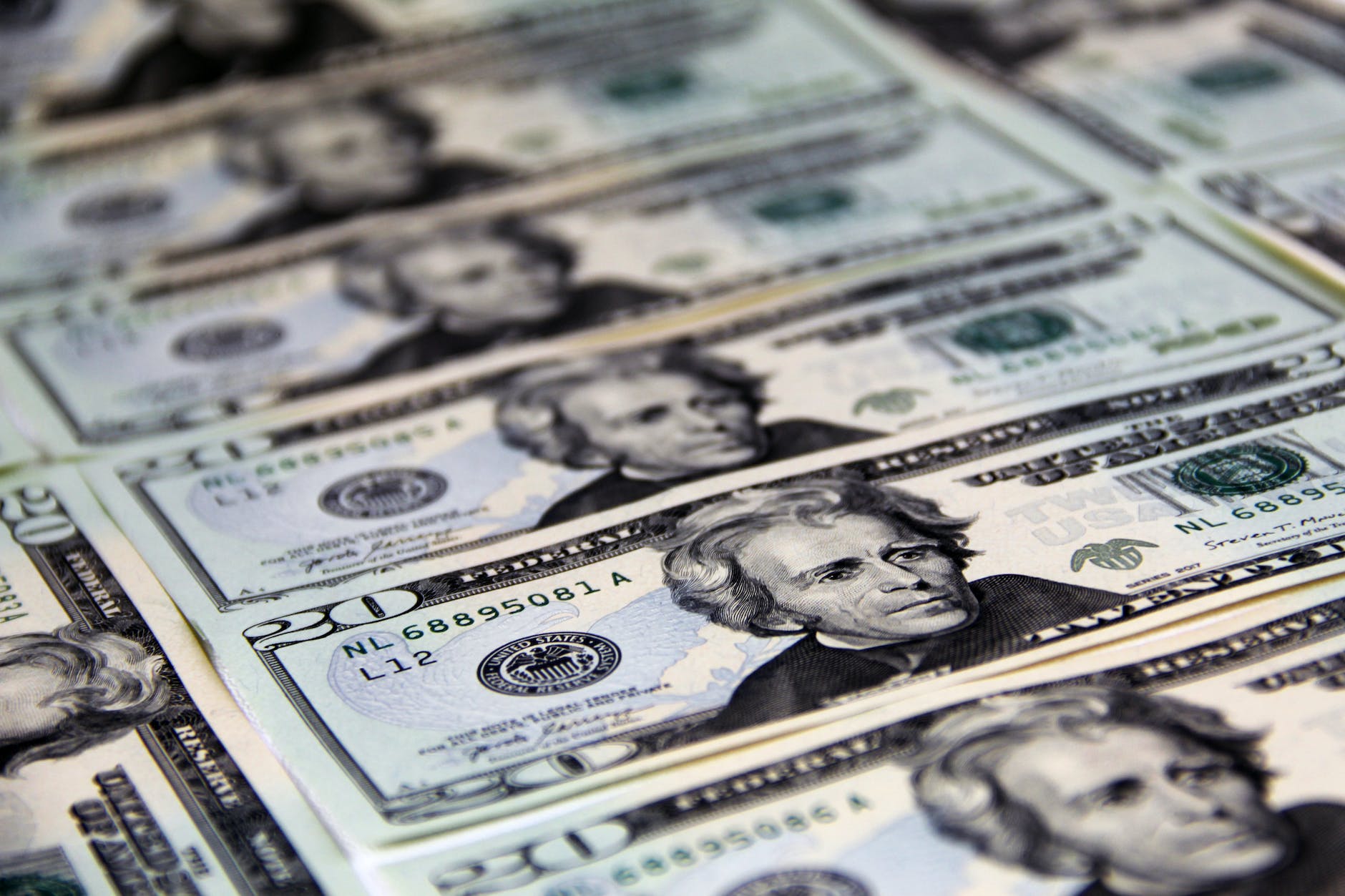
Understanding how banks work is an eye opener for most people. Did you know that up until 1844 in Britain banks in the UK printed their own paper cash money – these were called bank notes, of course. Banks still today make their own money. Every time someone borrows money from a bank the bank extends credit by creating money in that person’s account by pushing a button. No physical money is actually created. The debt creates that money and when the loan is paid back that money ceases to exist. The banks pockets the interest charged on the loan and erases the debt. That digitally created money disappears from the system. Understanding how banks operate: Money and debt.
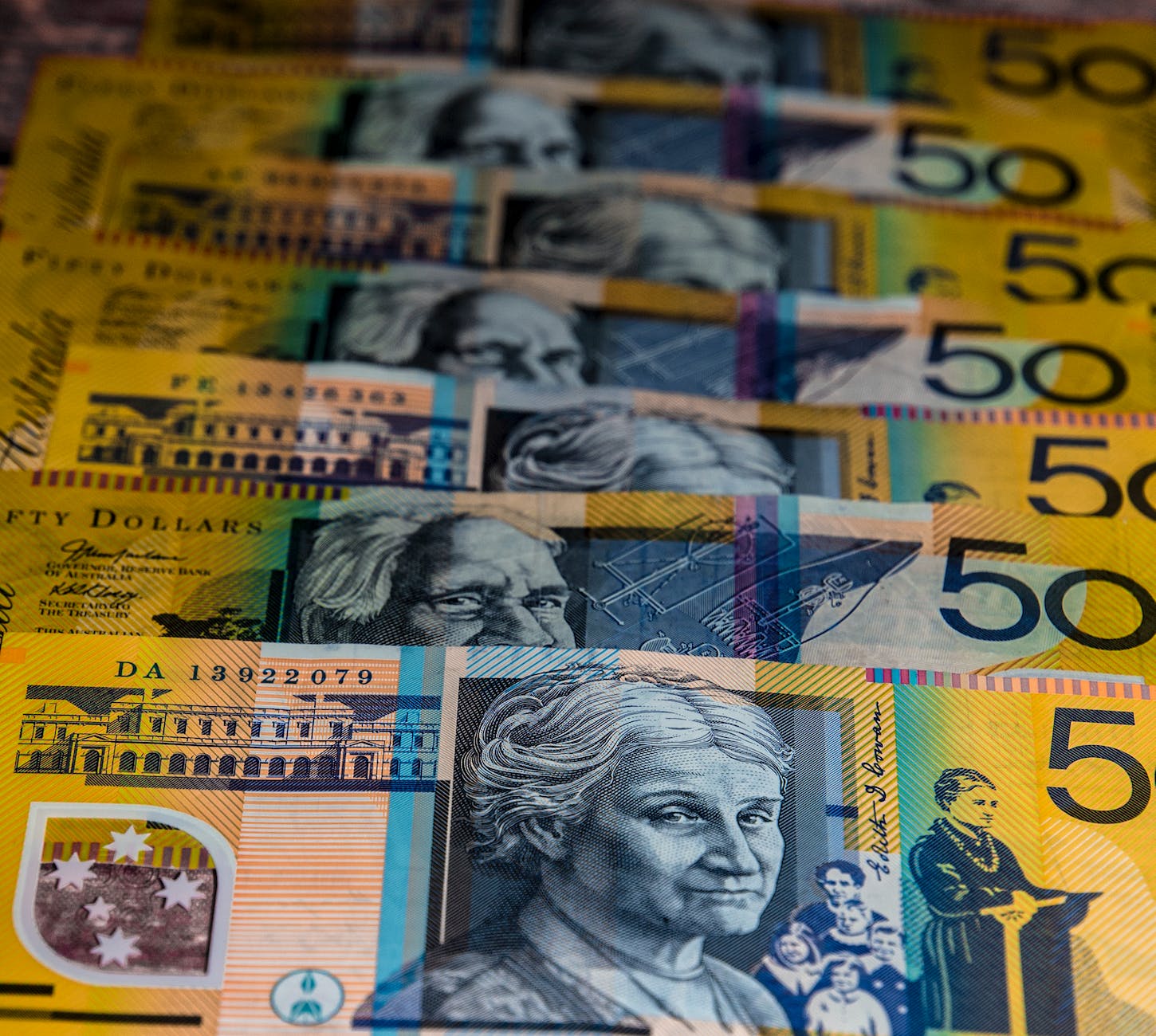
Banks Just Create Money Out Of Debt
Money is created via debt. Banks create this digital money when they lend funds to businesses and individuals. Thus, creating money has nothing to do with savings. The trillions of dollars or euros or pounds in the global economy are not created via making things, selling them, and saving the money generated. The trillions are created out of debt and extending credit. Something like only 3% of the money in the global economy is not created from debt. Banks are responsible for our supply of money in the economy. They in turn are under the aegis of a central bank, like the Reserve Bank of Australia, Federal Reserve in the US, and Bank of England in the UK.
Credit Fuels The Money Supply Via Banks
Money used to be pegged to gold reserves back in the day. This is no longer the case since 1971 and the collapse of the Breton Woods system. Money supply has been foot loose and fancy free ever since. The bulk of business done by banks In Australia is from the mortgage market on loans for residential property. The banks create this money when they lend to borrowers, which increases the supply of money into the economy via debt. Houses are the single largest purchase that most consumers ever make in their lifetime. Thus, all this money fuels inflation in the housing sector, which we have seen in Australia over the last 35 years. Property prices have gone up by a whopping 382% over the last three decades. In fact, it is much higher. My family bought a suburban house in the late 1970s for around $37K and that property sold for around $900K in 2020. The same house with no real improvements made to it or the property. The RBA does not include house prices in its definition of inflation, thus nobody talks about the huge inflation in this sector of the economy. Those who have bought into the property market and benefited from the huge gains in property prices are big fans of it. Those who are locked out because of the hugely inflated prices are not so happy.

The important thing to understand here, however, is that the money supply is greatly increased by the enormous debt raised via the banks’ lending to this sector. Remember money is created via debt. So, vast amounts of money are being pumped into the Australian economy by this process. This is non-GDP generated money. This is money created via bank speculation in lending money to prospective investors and home owners. It is not money created out of manufacturing anything. This is why houses are getting more and more expensive every year. More money supply creates inflation, this is a well-known economic principle. Many people are going on about a shortage of housing and there may well be some truth to this but this is not the main driver for the inflation in the property sector. Rather, it is the very nature of how the banking system works in Australia and globally, and how it interacts with the housing market.
Understanding how banks operate: Money and debt. This money has been created out of nothing and it expands the perceived wealth of nations like Australia. This wildly inflated housing market is not linked to the recognised inflation rate and so goes unremarked upon. It creates societal power on the back of inflated wealth with no basis in GDP linked activity. Australia has become a nation with very little manufacturing going on. A country that makes bugger all. A place where inflated property prices are some of the highest in the world.
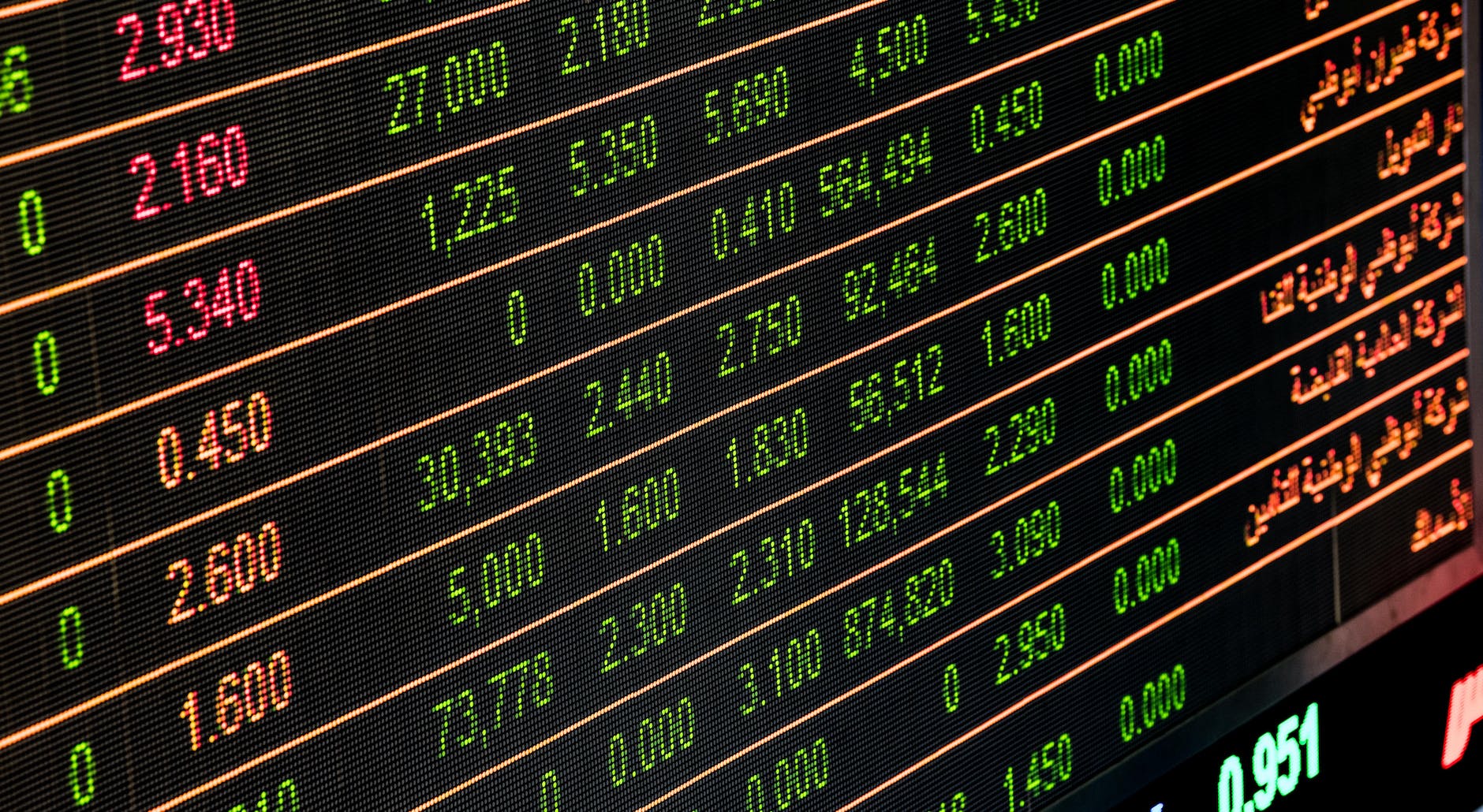
Understanding how banks operate: Money and debt are inextricably linked. Banks make their profits by creating money and lending it out to individuals and businesses. Speculation is far by the main activity of commercial banks and the supply of money in the global economy has increased exponentially on a massive scale. This is how the economic system works. Banks, especially big banks are never allowed to fail because of their place in how money supply works. Banks have accounts with the central bank like the RBA and these are used to transfer funds between them. During the global pandemic the RBA purchased government bonds to the tune of some $100 billion. This was done via the commercial banks under its aegis – their reserve accounts with the central bank were credited with this money. This process is called quantitative easing (QE) and has been done by central banks globally, especially in response to the 2008 Global Financial Crisis (GFC) and the Coronavirus pandemic. The RBA claims that this increase to money supply is not inflationary because it is held in reserve rather than directly pumped into the economy.
As of 2022 and beyond, there has been global high inflation and a cost of living crisis for the working poor and those on welfare. The RBA, has a recognised inflation target rate of 2-3%. Inflation has been up at 7-8% in Australia and higher in the US and UK and Europe. Interest rates, which had been at record lows for the decade since the GFC, at around 0.3% or lower, were rapidly raised by central banks around the world. Monetary policy implemented by central banks raises the cash rate to make credit more expensive. This makes lending less attractive and thus reduces money supply growth on this basis. The RBA has now embarked upon quantitative tightening (QT), which involves:
“At its meeting earlier this month, as well as raising the cash rate target, the Board decided not to reinvest the proceeds from bonds as they mature from the Bank’s portfolio. This signals the next phase in the bond purchase program. The initial phase in which the Bank built up its stock of bond holdings is often referred to as ‘quantitative easing’, or QE for short. That phase ended in February this year. We have now entered the phase known as ‘quantitative tightening’, or QT. By allowing our bond holdings to gradually diminish over time as they mature, the initial stimulatory effects of those holdings – namely, downward pressure on government bond yields and the Australian dollar exchange rate – will gradually unwind.”
- (RBA Assistant Gov. Christopher Kent, 23 May 2022)
This takes money supply out of the economy and is another anti-inflationary measure on this basis.

There are jitters being felt in the financial sector based on the recent spate of failings of US banks. Silicon Valley Bank collapsed after a run on the bank saw it unable to meet its depositors’ requirements. This bank had bought up on government bonds and not kept enough reserves to meet depositor requirements. A Donald Trump lessening of regulatory requirements for mid-tier regional banks had created the environment for this banking crisis. Rising interest rates has seen the return on bond rates fall below parity to tip this bank and others over the edge into collapse after poor financial decisions by their management. Signature Bank and First Reserve Bank are two more on the brink of failure. Credit Suisse is another large financial institution to fall, being swallowed up by UBS in its death throes, in a Swiss banking dance of death. Share prices of these banks have plummeted and rescue packages have attempted to stem the bleeding and more domino’s falling over. The US government has guaranteed depositor funds in a bid to shore up confidence in the banking sector. Little banks can fail without bringing down the whole edifice but no really big banks will be allowed to fail.
Deutsche Bank is now coming under scrutiny from the market. Traders will be actively seeking out any weakness to exploit for their financial gain. Global investors will be eyeing off the exits if they sense any trouble. Deutsche Bank stocks closed down 8% overnight. This bank has more than $1 trillion in assets. Recessions loom for economies around the globe on the back of central banks and their monetary policy fighting inflation. Investors are getting jumpy. Will this be the beginning of the Global Financial Crisis 2.0?
Robert Sudha Hamilton
©Midas Word



